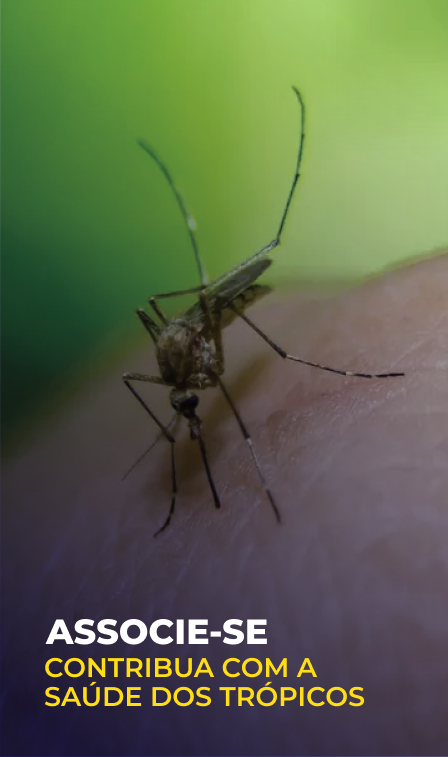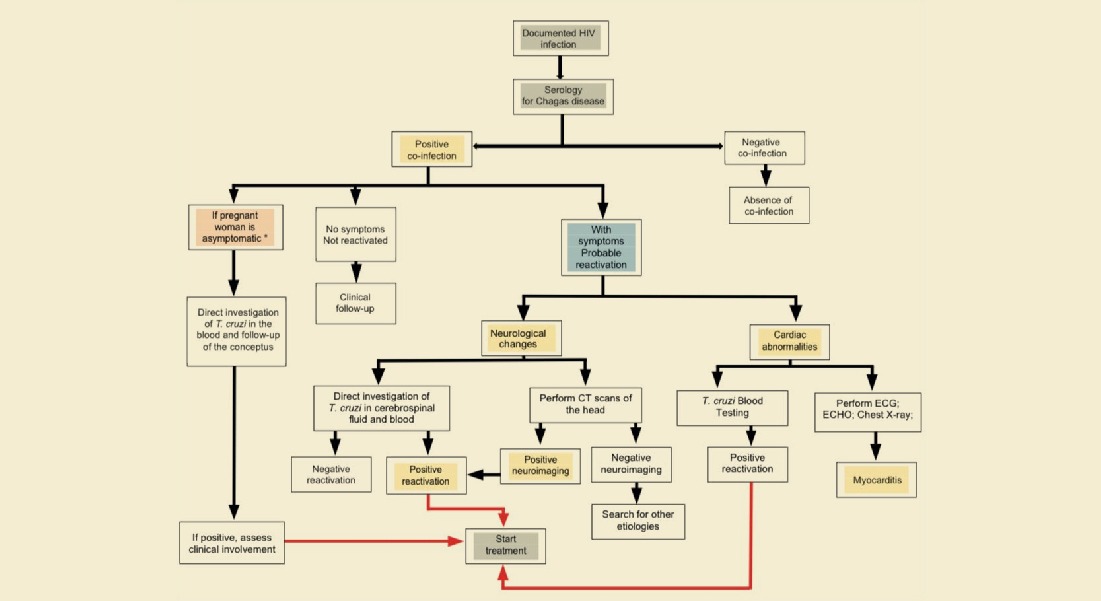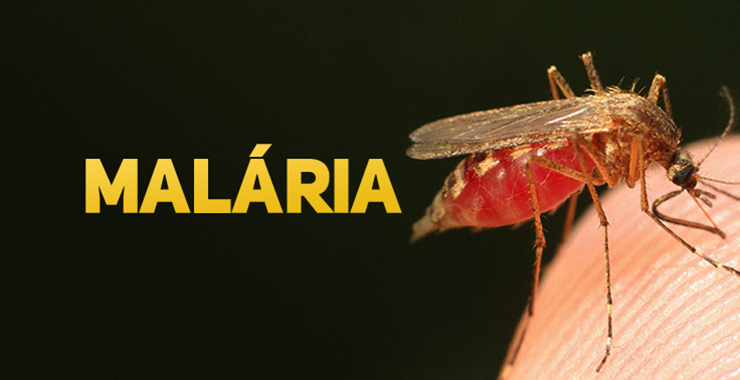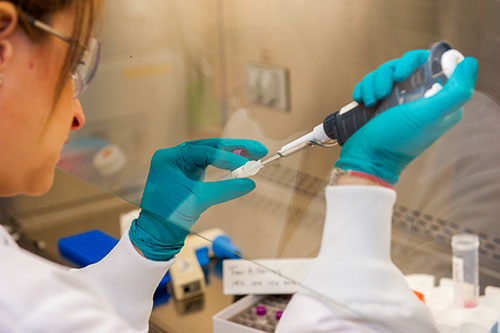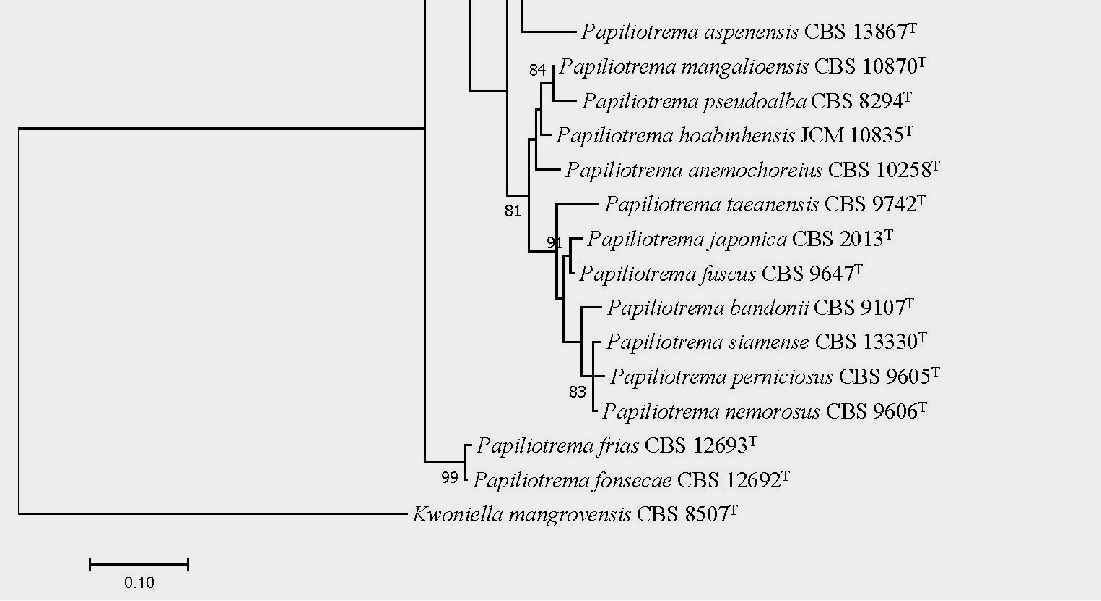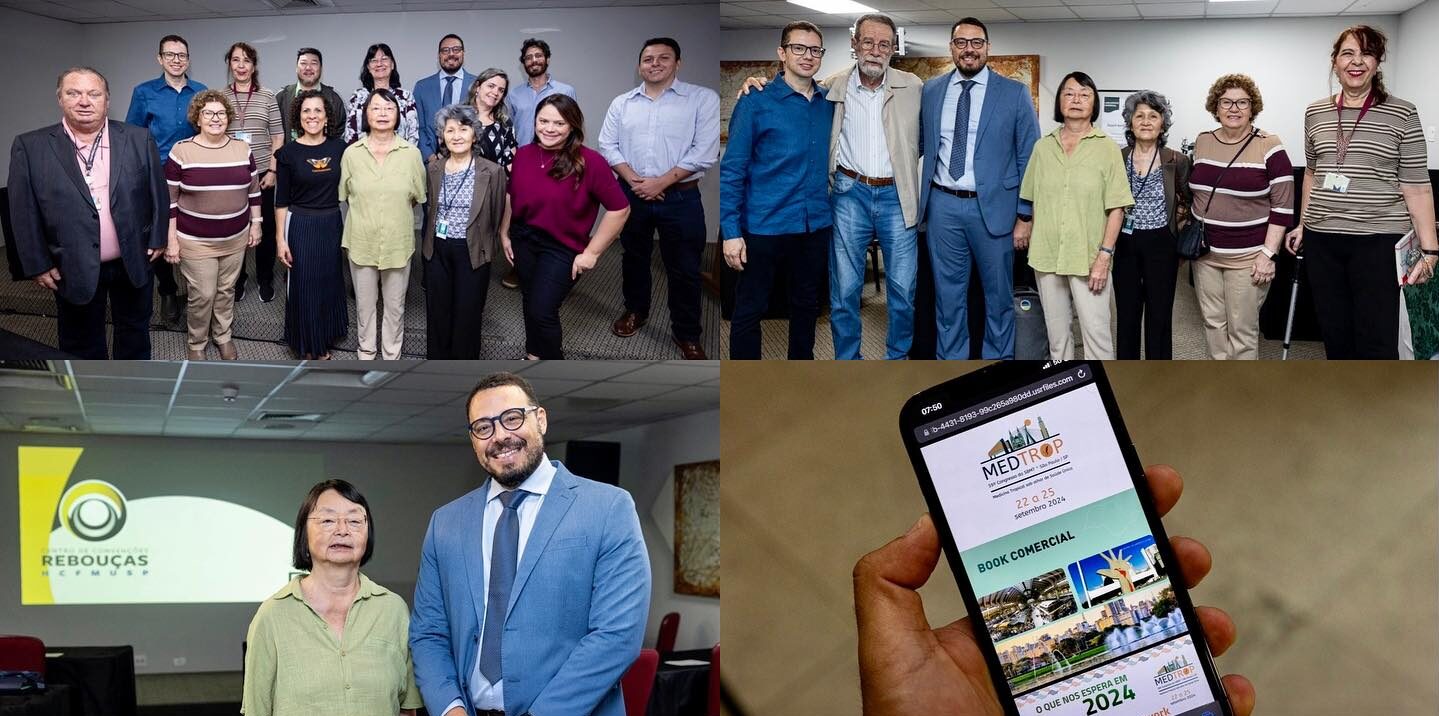
Malaria: innovative project to produce pediatric primaquine
Optimal regimens will be developed so that one pill equals one dose
08/01/2022
Although children under 5 years old are the most vulnerable group affected by malaria, accounting for 77% of all deaths worldwide in 2020, there are currently no pediatric primaquine pills produced to international standards
Present in 87 countries, malaria remains a major challenge for some regions of the world. According to the World Malaria Report 2021 of the World Health Organization (WHO), 241 million cases of the disease and 627,000 deaths were registered in 2020. Compared to 2019, these numbers represent an increase of approximately 14 million cases and 69,000 more deaths. Globally, some 70% of those infected are children under the age of 5 who also account for 77% of deaths. Most of this under 5 disease burden occurs in sub Saharan Africa. Although this age group is the most vulnerable group affected by malaria, there are currently no paediatric primaquine tablets or formulations that have either been approved by a stringent regulatory authority or prequalified by the WHO.
To change this reality, the “Developing Pediatric Primaquine Project” (DPP) is a new initiative whose main aim is to prequalify lower tablet strengths of primaquine (2.5, 3.75, 5 and 7.5 mg) to facilitate dosing in children. The DPP consortium was put together by Drs. Bob Taylor & Julie Nguyen Pouplin with funding from the European & Developing Countries Clinical Trials Partnership (EDCTP). Dr. Bob Taylor, the project coordinator, based at the Mahidol Oxford Tropical Medicine Research Unit, works on drug trials of Plasmodium vivax and P. falciparum malaria, explains that the project is essentially to develop and prequalify new formulations of primaquine for children so they can be purchased by the Global Fund and used by malaria control programmes.
Primaquine has two major roles in the elimination of malaria: the radical cure for P. vivax and P. ovale and blocking the transmission of P. falciparum. Deploying primaquine should reduce the burden of Plasmodium vivax and reduce deaths in vulnerable African children by blocking the transmission of P. falciparum malaria transmission. “Children are also an important part of the global burden of vivax malaria and therefore our thinking is that if we focus on specific formulations for them it will improve their acceptability and adherence and, therefore, improve the effectiveness of the treatment. If children infected with hypnozoites complete treatment with primaquine, the reservoir of hypnozoites will be greatly reduced, emphasises Dr. Taylor.
According to Dr. Taylor, the project activities are wide ranging and include pharmaceutical work, i.e., formulation development work, production of paediatric tablets by industrial partner IPCA Laboratories in India, taste masking work and clinical trials. “We are conducting a bioequivalent study to see if our primaquine is bioequivalent to the current reference primaquine produced by Sanofi. At the same time, we want to collect some pharmacokinetic and acceptability data of our primaquine products in the field, so we plan a transmission blocking study in Burkina Faso and a P. vivax radical cure study using optimised dosing regimens
The DPP field trials should start in 2022. The vivax radical cure study in Ethiopia is likely to take place in the fall or the end of 2022. Although the transmission blocking study in Burkina Faso is due to start in 2022, malaria in West Africa is highly seasonal, and so it may need to be postponed to 2023 if the 2022 season is missed. Part of the DPP project is the development of granules, which allows greater flexibility in dosing and also in the way the granules are administered, as they do not necessarily need to be dissolved in water – they can be spread on food, or mixed, for example, with yogurt or mashed bananas.
To make the pills palatable for children, Dr. Julie Nguyen Pouplin, the DPP project manager, points out that they use a rational approach by performing sensory studies with adult panels to screen and select flavouring ingredients that can mask the bitter taste of primaquine. The panel is composed of adults trained to score taste attributes such as bitterness, sweetness, and the flavour of the product being tested. “For safety reasons, we first use food-grade quinine as the bitter agent, which simulates well the bitterness of primaquine. Once the best flavouring ingredients are selected, we will validate them with primaquine.”
She points out that the work is carried out as a worst-case scenario, whereby different flavouring ingredients are tested using a dry mixture of the ingredients of the 15 mg tablets. “This means that we are working in conditions where the highest strength is completely crushed and suspended in water. From these tests, the two best potential mixtures of flavoring ingredients will be identified, so that IPCA can then produce two clinical batches of flavoured tablets. These flavoured tablets will be used in the field trials so that we can assess the acceptability by malaria-infected children of the flavored tablets compared to the normal pills explains Dr. Nguyen Pouplin.
Asked about the challenges and expectations with the change in flavour of the tablets, Dr. Taylor is enthusiastic in believing that children should find the flavoured pills much more acceptable than the current ones, which are bitter and hard. “They do not like bitter pills, which is why it is more difficult to accept them, especially for radical cure primaquine which is taken for 14 days. If children do not like the bitter, hard pills, they are less likely to adhere to the complete treatment with primaquine and, therefore, the effectiveness will decrease,” he warns. Dr. Nguyen Pouplin also reminds us that if a child does not like the taste, she/he will likely refuse to ingest it and could either spit it out or vomit and so not receive the full dose of the medication. Furthermore, while you take some time to prepare and administer a drug, also coming up with tricks like mixing with food or drink, the drug can be affected during the process by undergoing degradation, losing some dose and its bioavailability may change, she notes.
Also, according to Dr. Nguyen Pouplin, there are multiple challenges to address when developing a new formulation. Beside considering potential challenges for administering the finished product to the patient, there are some technical issues in formulation activity to consider when adding different aromatic ingredients to the medicine preparation. For instance, it is essential to check their compatibility with the drug and the other excipients as they may impair the stability of the finished product. It is also necessary to adapt manufacturing processes as well as the analytical methods. “One of the biggest challenges is to find a flavour that not only masks primaquine’s bitterness but is also acceptable to all children in different malaria endemic countries since it must be distributed globally in malaria control programs”, she adds.
The paucity of pharmacokinetic data, especially in children infected with malaria, who have reduced exposure to the drug, means that there are no weight-based, allometrically scaled, WHO-approved dosing regimens for radical cure. Dr. Taylor acknowledges that the amount of primaquine pharmacokinetic data in children is very limited but Brazil has made a very important contribution to the development of primaquine regimens for the radical cure of P. vivax. “We have published a suggested regimen based on pharmacokinetic simulation that is designed for ‘tropical’ P. vivax found in areas of Southeast Asia and Oceania, where it is necessary to use a higher dose of primaquine – a target daily dose of 0.5 mg per kilogram for 14 days. We are hopeful of suggesting an approved regimen in the near future, but whichever regimen is recommended, we still need to collect pharmacokinetic data in children to add support to any recommended dose. The lack of pharmacokinetic data in this population is a big problem because it is difficult to collect these data in young children,” he laments. For Dr. Taylor, some challenges need to be overcome in order to arrive at a robust, evidence-based primaquine regimen for radical cure in children e.g. “ethics committees dont like frequent blood sampling and every time you take blood, its painful for children.”
Severe acute malnutrition in African children and dosing regimen?
Dr. Taylor concedes that acute malnutrition can affect the disposition of drugs e.g. data show that exposure to lumefantrine is reduced in malnourished children and this is related to the degree of acute malnutrition. In the case of primaquine, which is a well-absorbed drug with very high bioavailability, there are no substantial data in severely malnourished children. “Our group conducted a study of single low dose primaquine in African children and we are currently analysing the data. However, of the 258 children who were sampled, only one had severe acute malnutrition,” he adds. Another problem, according to the researcher, is that these children are often excluded from studies, including the WHO therapeutic efficacy studies. “Our research group has recently applied for a grant to do a dose ranging study of single low dose primaquine in children under 5 in Burkina Faso” and Dr. Taylor hopes to include severely malnourished children in it. “So far, we dont have evidence one way or the other to suggest that there may be a profound effect of severe acute malnutrition on primaquine pharmacokinetics but having these data available will be very useful,” he concludes.
Primaquine is the most common treatment for eliminating P. vivax, which has been used since the 1950s and is administered daily for up to 14 days. In many endemic areas, Plasmodium vivax malaria is predominantly a disease of young adults and children. International recommendations for radical cure recommend fixed target doses of 0.25 or 0.5 mg/kg/day of primaquine for 14 days for patients of all ages who do not have glucose-6-phosphate dehydrogenase deficiency. However, for many antimalarial drugs, including primaquine, there is evidence that children have lower exposures than adults at the same weight-adjusted dose. Regarding single low dose primaquine, the idea behind it is that, if taken widely, it should benefit the community because it blocks transmission between an infected person and the mosquito. With the availability of flavored primaquine, children are expected to be more likely to take it and so contribute more to the community effect.
As well as malaria, there are other neglected tropical diseases (NTDs) that do not have drugs available to treat children, despite excellent work done by groups such as the Drugs for Neglected Diseases initiative (DNDi) and Medicines for Malaria Venture (MMV). However, the process has been quite slow. “Historically, this is a problem that has been around for many years and the pharmaceutical industry lacks interest in investing in NTDs because profit margins are low. In the case of malaria, there doesnt seem to be much sense in having wonderful optimised regimens on paper but no suitable pills to use in the field. Thats what guided us. We are a small group, we are enthusiastic, we are energic and we certainly want to take paediatric primaquine forward, and, perhaps in the future, expand our portfolio to include paediatric drugs for other NTDs,” concludes Dr. Taylor.
Despite the continuing progress in drug development and malaria control efforts, malaria is still one of the diseases with a substantial impact on morbidity and mortality in the world population, especially in sub Saharan Africa.





